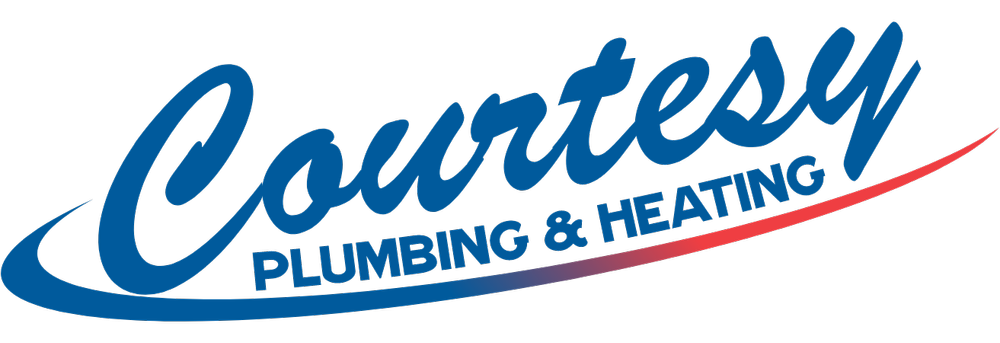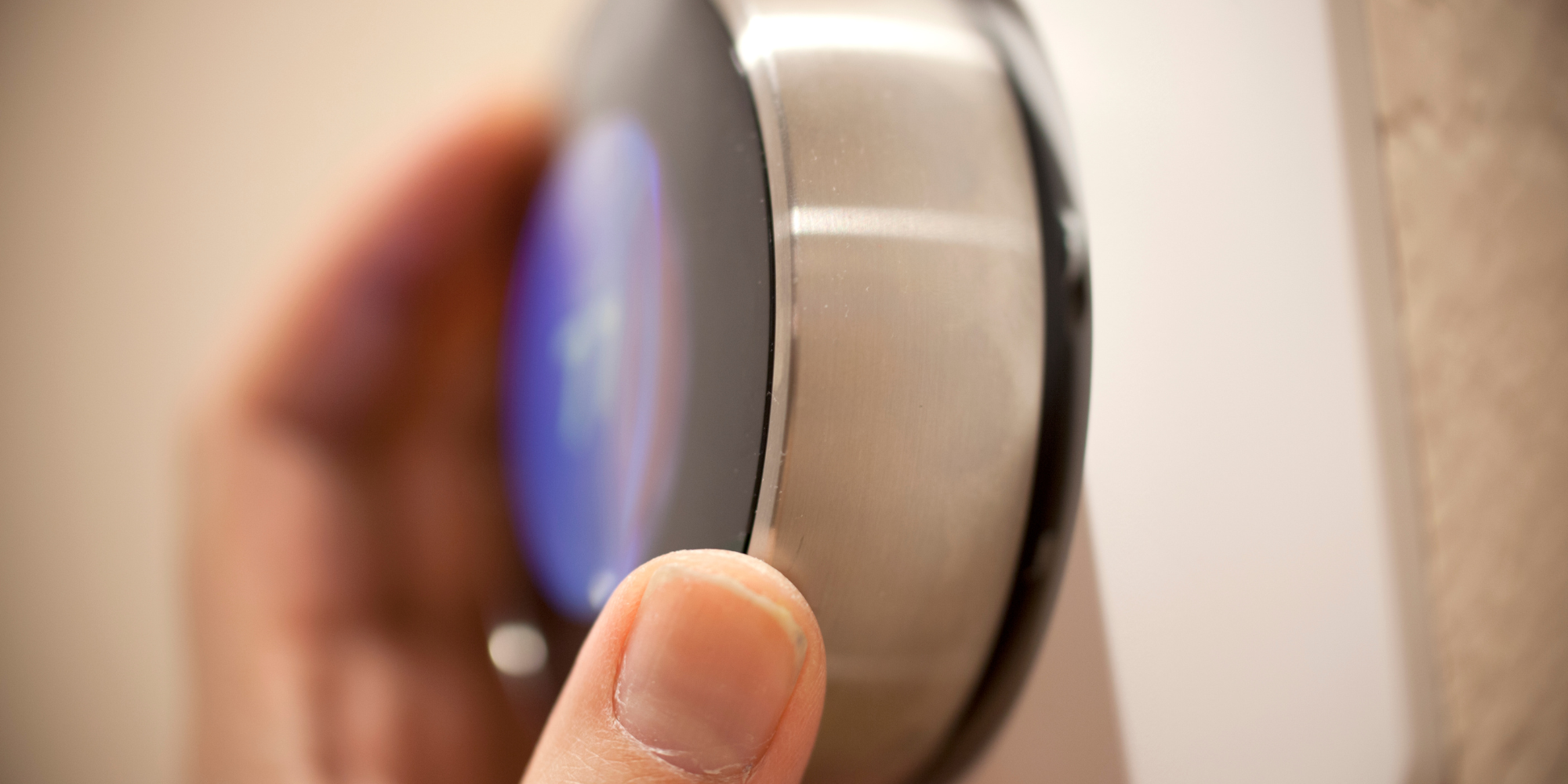How to Troubleshoot Common Thermostat Problems
Your thermostat plays a critical role in keeping your home comfortable and energy-efficient, especially during Castle Rock’s cold winters and warm summers. When your thermostat isn’t working properly, your HVAC system can struggle to maintain the right temperature, leading to discomfort and higher energy bills.
Before calling in the professionals, there are several steps you can take to troubleshoot common thermostat problems. Courtesy Plumbing & Heating is here to guide you through identifying and resolving these issues.
1. Thermostat Isn’t Turning On
If your thermostat isn’t powering up, it’s likely due to a power issue.
What to Check:
Power Source:
If it’s battery-operated, replace the batteries.
For wired thermostats, check your home’s circuit breaker to ensure the HVAC system and thermostat haven’t tripped.
Wiring Connections:
Loose or disconnected wires can prevent the thermostat from functioning. If you’re comfortable working with wiring, turn off the power and inspect the connections.
Thermostat Placement:
Thermostats located near heat sources, direct sunlight, or drafts can overheat or underperform.
When to Call a Pro: If the thermostat still won’t turn on after these checks, it may need to be replaced or professionally repaired.
2. Incorrect Temperature Readings
If your thermostat isn’t displaying the correct temperature, it may not be able to accurately control your HVAC system.
What to Check:
Location of the Thermostat:
Ensure it’s installed in a central location, away from windows, doors, or heat-generating appliances.
Poor placement can cause inaccurate readings and uneven heating or cooling.
Dirt or Dust Buildup:
Dust on the thermostat’s sensors can interfere with its accuracy. Gently clean the unit with a soft brush or cloth.
Calibration Issues:
Older thermostats may require manual recalibration. Refer to the manufacturer’s instructions or contact a professional for help.
3. HVAC System Won’t Turn On
If your heating or cooling system isn’t responding to thermostat commands, the problem may lie with the thermostat itself.
What to Check:
Settings:
Ensure the thermostat is set to the correct mode (heating or cooling) and that the temperature setting is appropriate.
Fan Settings:
Confirm whether the fan is set to “Auto” or “On.” In “Auto” mode, the fan will only run when the system is actively heating or cooling.
Circuit Breaker:
Check the breaker for your HVAC system to ensure it hasn’t tripped.
Pro Tip: If your HVAC system still doesn’t respond, the issue could be with the system itself rather than the thermostat.
4. HVAC System Turns On and Off Too Frequently
Short cycling (when your system turns on and off repeatedly) can waste energy and strain your HVAC system.
What to Check:
Thermostat Placement:
Thermostats near drafts, vents, or heat sources may cause short cycling due to temperature fluctuations.
Temperature Settings:
Extremely high or low settings can cause your system to overwork. Adjust to a moderate, comfortable temperature.
Dirty Air Filters:
A clogged air filter can restrict airflow and cause short cycling. Replace filters regularly.
5. Thermostat Display Issues
A blank or flickering thermostat display can be frustrating.
What to Check:
Battery Power:
Replace the batteries if the display is blank.
Wiring Issues:
Check for loose or damaged wiring connections behind the thermostat.
System Compatibility:
If you recently upgraded your HVAC system, your old thermostat may not be compatible with the new system.
When to Call a Pro: If wiring is damaged or compatibility issues arise, a professional HVAC technician can resolve the problem.
6. Programmable Thermostat Isn’t Following the Schedule
If your programmable thermostat isn’t sticking to its schedule, it may need a simple adjustment.
What to Check:
Programming Settings:
Double-check your thermostat’s schedule to ensure the correct times and temperatures are programmed.
Override Settings:
Some thermostats have a manual override feature that can bypass the programmed schedule. Turn it off to restore normal operation.
Software Updates:
For smart thermostats, check for firmware updates that may fix bugs or improve functionality.
When to Replace Your Thermostat
Sometimes, troubleshooting isn’t enough, and it’s time to replace your thermostat. Signs it may need replacement include:
The thermostat is over 10 years old.
It frequently malfunctions or doesn’t respond to adjustments.
Your energy bills have increased without explanation.
You’ve upgraded your HVAC system and need a compatible thermostat.
The Benefits of Professional Help
If you’ve tried troubleshooting without success, Courtesy Plumbing & Heating is here to help. We offer thermostat repairs, replacements, and expert advice on choosing the right model for your Castle Rock home.
Upgrade to a Smart Thermostat
Considering an upgrade? Smart thermostats offer advanced features like remote access, learning capabilities, and energy-saving insights. Installing a smart thermostat can improve comfort, lower energy bills, and simplify HVAC control.
Contact Courtesy Plumbing & Heating Today
Don’t let thermostat troubles disrupt your home’s comfort. Call the experts at Courtesy Plumbing & Heating for fast, reliable service. Whether you need a quick fix or a full replacement, we’ve got you covered.
Stay comfortable year-round with a thermostat that works as it should!

